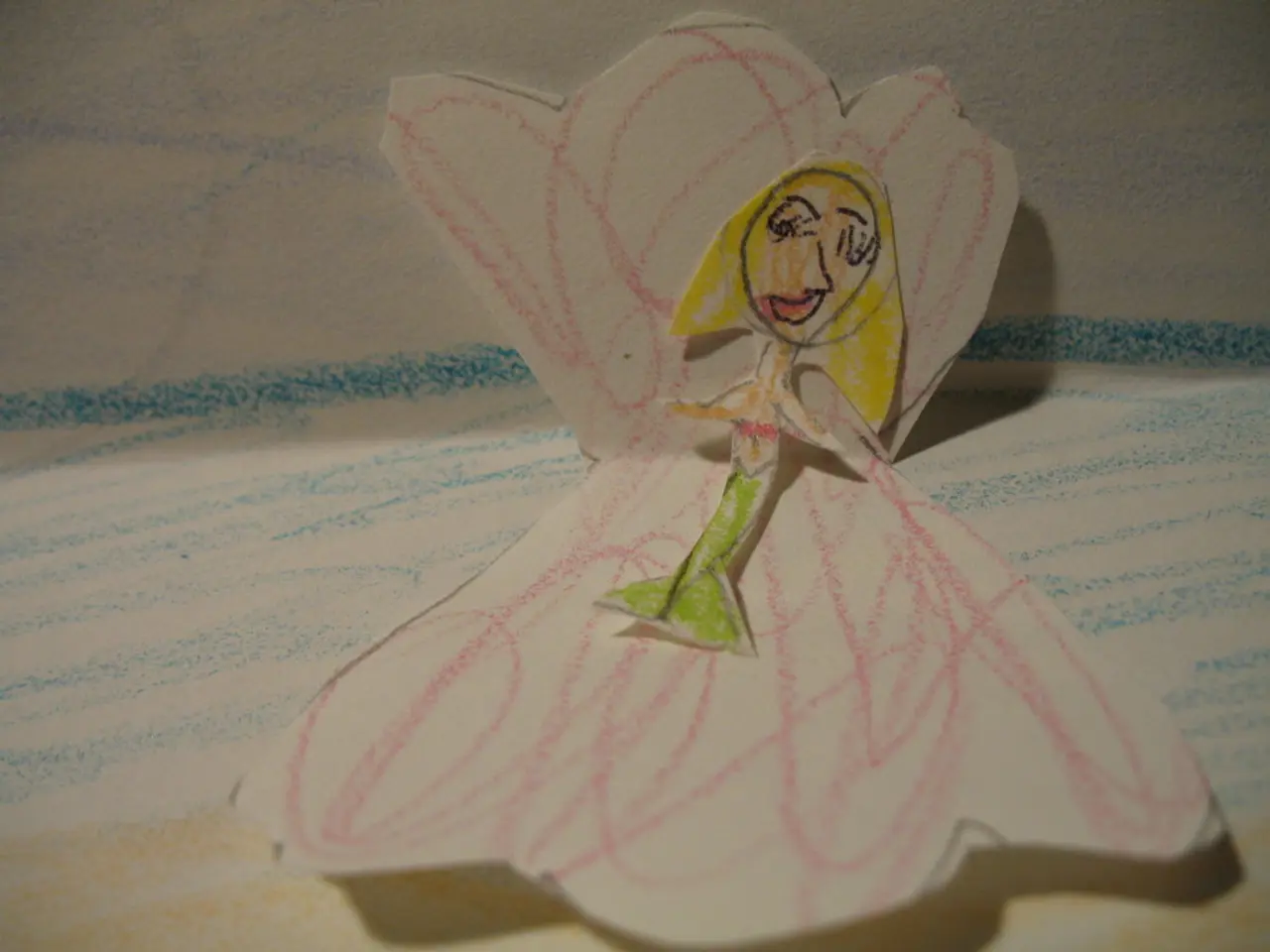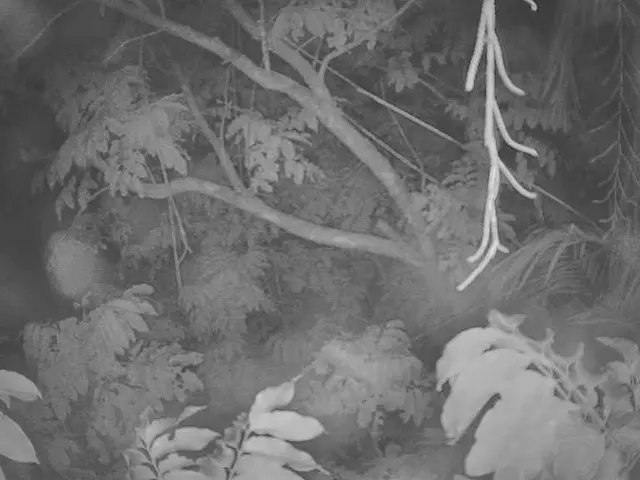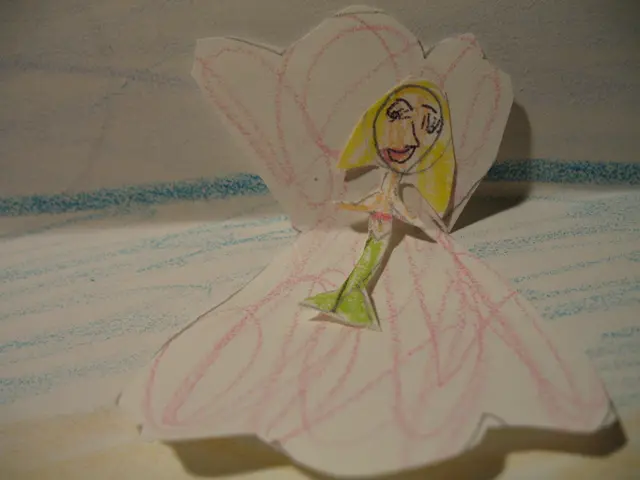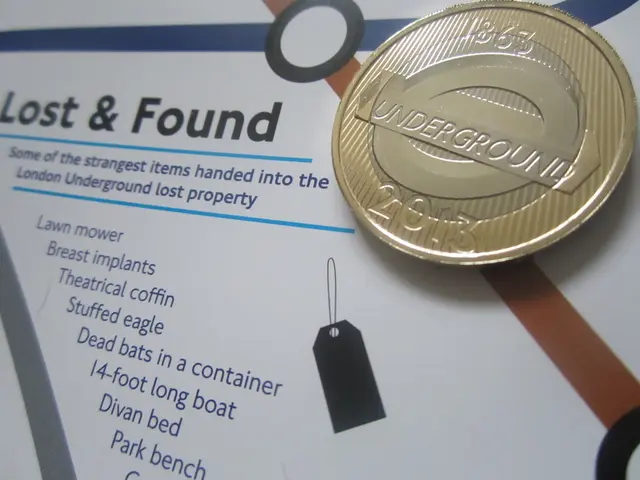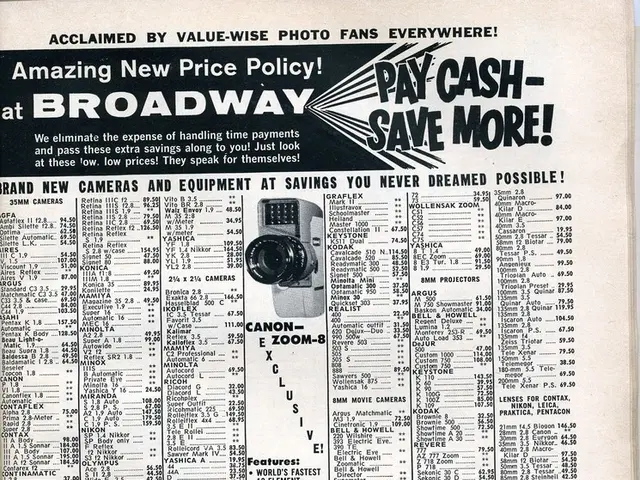Guidelines for Sketching for Novices, Intermediates, and Experienced Artists
Whether you're a beginner or an experienced artist, drawing can be a rewarding and creative outlet. Here's a guide to help you get started or take your skills to the next level, based on tips from Dan Scott, founder of Draw Paint Academy.
For Beginners
Starting out can be daunting, but don't worry! Drawing is a skill that can be learned, and it's suitable for beginners. Here are some approaches to help you get started:
- Quick Sketches and Timed Scribbles: To loosen up and reduce self-judgment, try quick sketches or timed scribbles. Give yourself 30 or 60 seconds to scribble, then look for shapes or figures that emerge, such as eyes, trees, houses, or people.
- Basic Shapes and Lines: Focus on learning to see dominant shapes and edges in objects around you. Start with simple subjects like overlapping ovals to form fruits or bell peppers to understand form, volume, and light.
- Fundamentals: Work on the fundamentals such as lines, shapes, proportions, shading, and perspective to build a solid foundation. Don't shy away from copying drawings or sketches to understand structure and technique.
For Intermediate Artists
As you become more comfortable with drawing, you can push yourself to explore new techniques and subjects. Here are some ideas:
- Advanced Scribble Technique: Develop the scribble technique by turning abstract marks into a fuller scene. For example, refine a sketch of a man walking to a post box.
- Shading Techniques: Experiment with shading techniques like crosshatching, avoiding common mistakes, and experimenting with blending to create more realistic textures and volumes.
- Varied Subjects: Take on varied subjects such as animals, landscapes, and portraits to expand your creativity.
- Drawing Apps and Guided Challenges: Use drawing apps or guided challenges that provide hundreds of varied sketch ideas and techniques designed for all levels to expand your creativity and skill.
- Incorporating Color: Begin incorporating color with watercolors or other media, practicing applications like "wet on wet" to improve control and artistic expression.
For Advanced Artists
Advanced artists can push their skills to new heights by focusing on subtle forms, lighting, and complex scenes. Here are some approaches for advanced artists:
- Observational Drawing: Push your observational drawing skills by focusing on subtle forms, lighting, and complex scenes, and embracing discomfort when painting or drawing subjects that defy easy depiction.
- Structured Exercises: Use structured exercises professionals use before drawing, such as analyzing the dominant shape or mass of complex objects and forms, capturing the essence rather than details.
- Abstract Marks: Explore abstract marks and their interpretation deeply, combining subconscious scribbling with conscious recognition to find unexpected artistic visuals.
- Mixed Media: Experiment with mixed media and advanced composition techniques, challenging your usual visual vocabulary.
- Projects: Engage in projects that combine technical skill with personal expression, incorporating lessons from anatomy, perspective, lighting, and creative storytelling.
In summary, beginners should focus on simple shapes, quick freeform marks, and basic skills; intermediates explore detailed observation, shading, and diverse subjects; advanced artists refine perception, push creative boundaries, and master complex techniques for expressive depth.
For more information about Dan Scott and Draw Paint Academy, visit their About page. If you're interested in painting tips, consider Dan Scott's Painting Academy course. Additionally, "Steve Huston's Figure Drawing for Artists" and "Simple Drawing Exercises" are recommended reading resources, and "Gesture Drawing Guide" is another valuable resource for drawing.
The beginner could begin their artistic journey with home-and-garden subjects like fruits or bell peppers to grasp the basics of drawing. As one's skills progress, they might venture into creating landscape painting, such as trees, houses, or people, using advanced scribble techniques.
When seeking further resources, one might find Steve Huston's "Figure Drawing for Artists" or "Simple Drawing Exercises" beneficial for enhancing their landscape painting skills, or even utilize specific resources like the "Gesture Drawing Guide."
